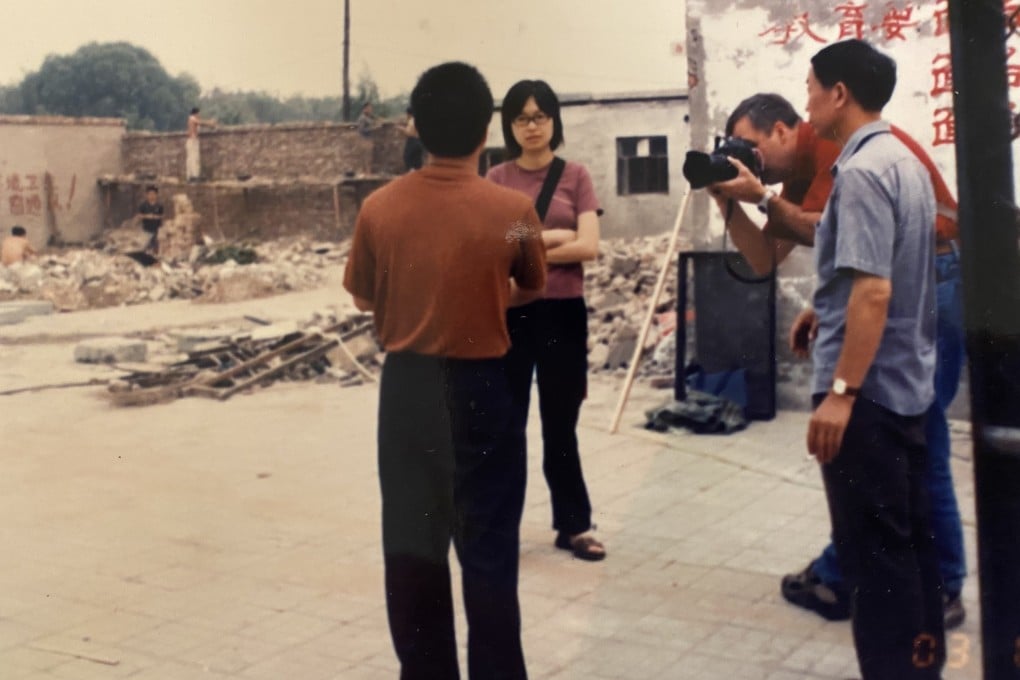120 years of SCMP: our China desk is witness to changes inside and out, including Beijing’s rising economic power and diplomacy efforts
- News editor Josephine Ma started at the South China Morning Post in 1994 and started as Beijing correspondent in 2003
- She has seen the newspaper’s China coverage expand from observations on Communist Party politics to reporting on Beijing’s role in world affairs

When I first joined the South China Morning Post as a graduate trainee in 1994, the China desk was a big wooden desk with piles of newspapers and fax paper.
The fax machine on the desk would spit out dispatches from Xinhua, China’s state new agency. At the time colleagues joked that if a fax was lost in the disorganisation, we could miss important news.

The Post’s China coverage in the 1980s and early 1990s mostly focused on the obscure, elite politics of the Communist Party, such as personnel changes and ideological struggles.
As China changed rapidly, the Post’s coverage diversified. With China’s economic boom, there was more coverage of the economy and social problems of the 90s as rapid industrialisation and urbanisation brought up issues such as the plight of migrant workers and people who lost their homes because of forced demolition by local governments.
As China continued to rise on the global stage, and economic rivalry with the West intensified, its diplomacy and economic clout worldwide became an important area of coverage. In the past couple of years, a science team was set up to focus on China’s technological rise.
Meanwhile, military news about the PLA capability has also become a significant area of SCMP China coverage.